A LAN cable, or Ethernet cable, is a physical cable that connects devices to a local area network (LAN). LAN cables usually connect computers, printers, routers, and other network devices. They are also used to connect gaming consoles and other devices that require a wired connection. LAN cables are made up of four pairs of copper wires twisted together to reduce interference from other electronic devices. The ends of the Lan Cable are terminated with RJ-45 connectors, which connect the cable to network devices.
LAN cables are a reliable and affordable way to connect devices to a LAN. They are also relatively easy to install. If you are looking to connect your devices to a network, choosing one from the different Types of Network Cables is a good option.
Principal Benefits of LAN Cables
-
Better performance
LAN cables can typically support faster data transfer speeds than wireless connections. It is especially important for activities requiring a lot of bandwidth, such as gaming, streaming video, and file sharing. -
Security
LAN cables are more secure than wireless connections because they are not as easy to intercept as wireless signals. -
Reliability
Various Types of Lan Cable are more reliable than wireless connections because LAN cables are not as prone to interference or signal loss as wireless signals. -
Cost-effectiveness
LAN cables are more cost-effective than wireless connections in the long run. It is because an Internet Lan Cable does not require the purchase of a wireless router or access point.
Main Types of LAN Cables
-
Coaxial Cable
Coaxial cable consists of a single copper conductor surrounded by a layer of insulation covered by a braided metal shield. A coaxial cable is typically used for cable television and high-speed Internet connections. -
Twisted-pair Cable
Twisted-pair cable is a type of Telephone Cable Wire that consists of two or more copper conductors twisted together. Twisted-pair cable is the most common LAN cable type and is used for various applications, including Ethernet and VoIP. -
Fiber-optic Cable
Fiber-optic cable is a type of cable that consists of a thin strand of glass or plastic surrounded by a layer of insulation. Fiber-optic cable is used for high-speed data transmission for applications such as enterprise networks and data centers.
Common Classifications of LAN Cables
-
Ethernet (Cat5e)
Cat5e (Category 5e) cables are among the most widely-used Ethernet cables. They are designed to support data transfer speeds of up to 1 gigabit per second (Gbps) and are capable of transmitting data over a maximum distance of 100 meters. Cat5e cables are backward compatible with older Ethernet standards like Cat5. -
Ethernet (Cat6)
Cat6 (Category 6) cables offer higher data transfer speeds and better performance. Cat6 cables can transmit data at speeds up to 10 Gbps over shorter distances, typically up to 55 meters. Cat6 Ethernet Lan Cable has better shielding to reduce crosstalk and electromagnetic interference. -
Ethernet (Cat6a)
Cat6a (Category 6a) cables are an enhanced version of Cat6 cables. They support higher data transfer speeds of up to 10 Gbps over longer distances, up to 100 meters. Cat6a cables have even better shielding than Cat6 cables, minimizing signal degradation and interference. -
Ethernet (Cat7)
Cat7 (Category 7) cables are designed to support high-speed networking. They can handle data transfer speeds of up to 10 Gbps or higher, depending on the cable specifications. Cat7 cables feature improved shielding to reduce crosstalk and external interference. It is considered the Best Ethernet Cable. -
Fiber optic
Fiber optic cables use light signals to transmit data, providing higher bandwidth, faster data transfer speeds, and longer transmission distances, compared to copper cables. There are different types of fiber optic cables, including:- Single-mode fiber (SMF): SMF cables are designed for long-distance transmission. They use a single strand of glass or plastic fiber and can transmit data over distances of several kilometers. SMF cables are commonly used in telecommunications networks and long-haul data transmission.
- Multimode fiber (MMF): MMF cables are designed for shorter distances. They use multiple strands of glass or plastic fibers and are suitable for distances up to a few hundred meters. MMF cables are commonly used in local area networks and data centers.
KEI Industries – India’s Leading LAN Cable Manufacturer
Each type of LAN cable has its advantages and considerations. The choice of the Best Lan Cable depends on factors such as required data transfer speeds, transmission distance, susceptibility to interference, and budget constraints. Coaxial cable is the most reliable cable type, but relatively expensive. Twisted-pair cable is less expensive than coaxial cable, but it is not as reliable. Fiber-optic cable is the most expensive LAN cable type, but it is also the most reliable and can support the highest data transfer speeds.
If you are looking for a reliable and secure connection, a coaxial cable is the best option. If you are looking for an affordable option, you can choose the twisted-pair cable. If you are looking for the fastest connection, fiber-optic cable is the best option.







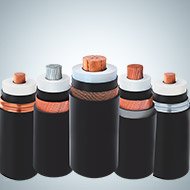
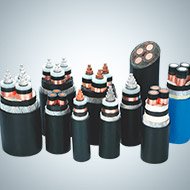
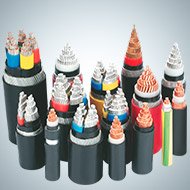
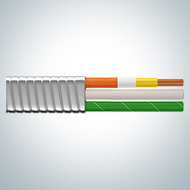
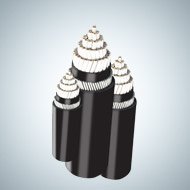

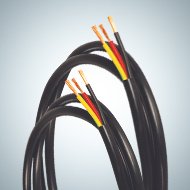
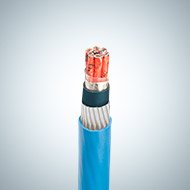
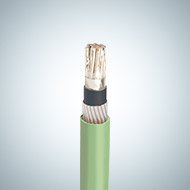
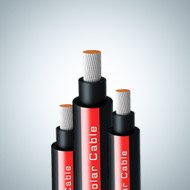
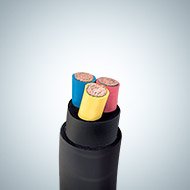
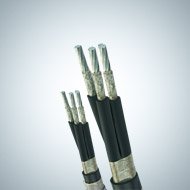
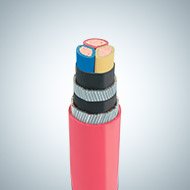
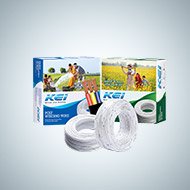

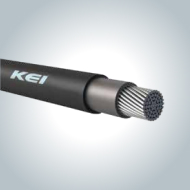
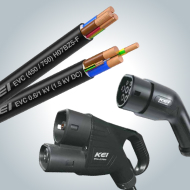
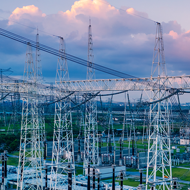


































 Subscribe Newsletter
Subscribe Newsletter